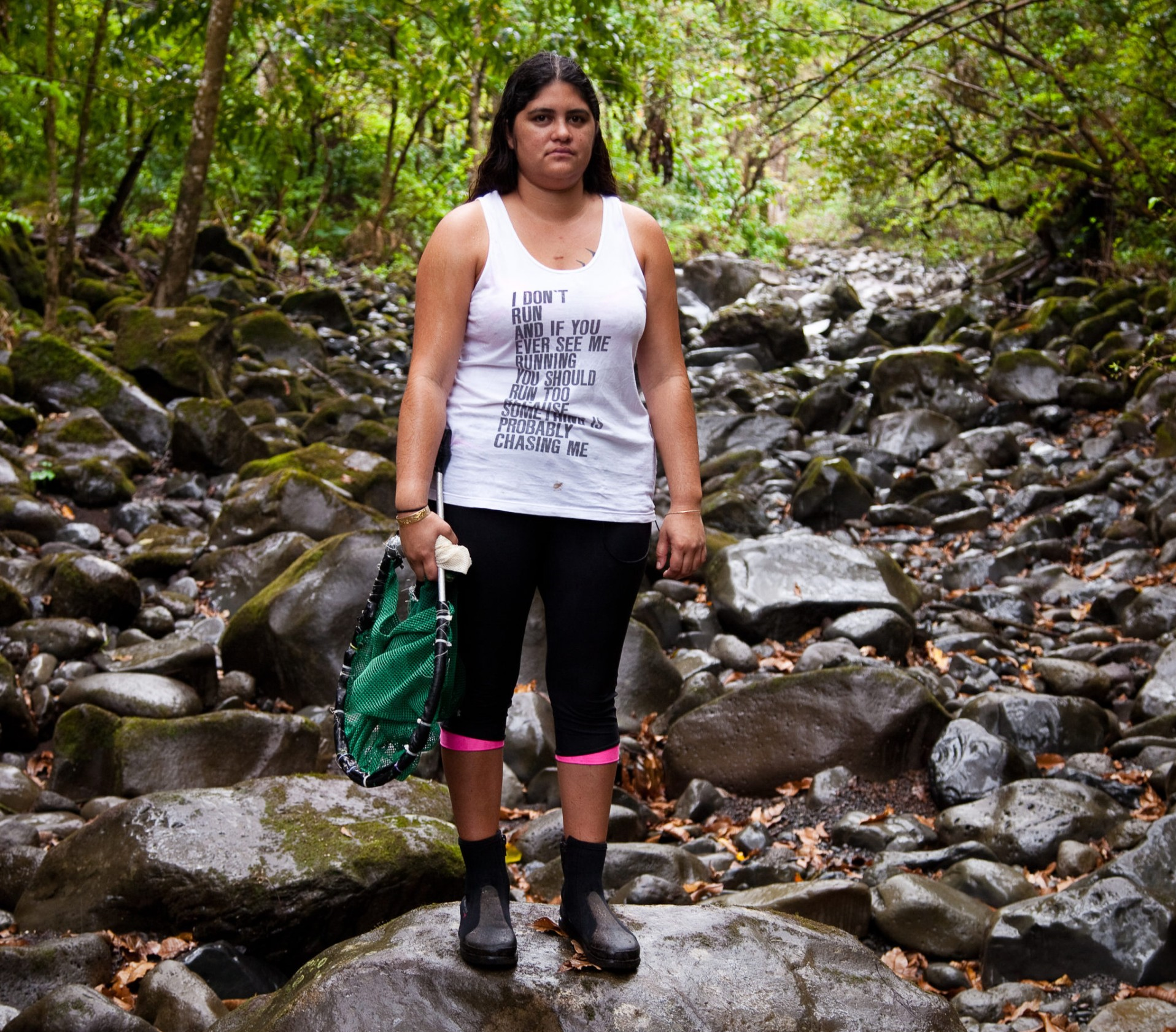Judge Orders California To Stop Using Dangerous Pesticides
Nan Wishner, Founding Board Member, California Environmental Health Initiative
In 2007, the California Department of Food and Agriculture used airplanes to spray communities in Monterey and Santa Cruz counties with an untested pesticide. Hundreds reported illnesses afterward, including a previously healthy infant who nearly died from respiratory arrest. The spray, which was to repeat monthly for 7 years, was for the light brown apple moth, which the department had deemed an emergency threat to California agriculture. Notably, that moth has to this day done no documented damage to crops or wildland plants.
Shocked that the state would even consider spraying pesticides over populated and environmentally sensitive areas, grassroots groups sued. A judge halted the spraying until the Department of Food and Agriculture complied with state law by preparing a detailed analysis of the pesticide’s health and environmental impacts. That analysis was ultimately prepared and tossed out by the court. Groups involved in the suit then approached the department several times proposing to work collaboratively to design programs that would be safer for human health and the environment.
Cast as villain by the state, the light brown apple moth has to this day done no documented damage to crops or wildland plants.
The department’s answer was to prepare, in 2014, an even more sweeping environmental analysis and plan that purported to cover all of its statewide pesticide spraying and other pest management activities and aimed to insulate the department from its pesticide spraying program ever being stopped again by community legal action. The new environmental analysis gave the department free rein to spray 79 pesticides anywhere in the state, indefinitely, with no analysis of local health and environmental impacts of the chemical. It also allowed no voice for affected communities regarding treatments that would be carried out in their yards, at public parks and schools, on organic farms, and anywhere else the state deemed necessary. The pesticides to be used are known to cause cancer, birth defects, and neurological damage and to be deadly to bees, fish, and birds.
The department gave itself free rein to spray 79 pesticides anywhere in the state, indefinitely, with no analysis of local health and environmental impacts.
Enter the Impact Fund, whose generous grant to the California Environmental Health Initiative (CEHI), a grassroots group originally formed in 2008 to oppose the apple moth spray, supported a legal challenge state’s sweeping plan. In January 2018, CEHI and co-plaintiffs won a resounding victory when the judge in this suit condemned the department’s analysis as fatally flawed in numerous fundamental ways, including basing conclusions on “unsupported assumptions and speculation” and violating state laws requiring mitigation of environmental damage and public notice of environmentally harmful activities. In February, 2018 the judge issued an injunction prohibiting the department from using pesticides and other chemicals in its 2014 program unless and until the program complies with the law.
In the three years while the case was awaiting its hearing, the state carried out more than 1,000 pesticide sprays and other treatments according to the Department of Food and Agriculture’s attorney. These dangerous activities affected the health and civil rights of individuals all over the state in many ways, including: law enforcement accompanying pesticide applicators to private homes to ensure that residents did not resist spraying of their yards; residents recording videos of pesticide mist drifting across yards as well as over fences into neighboring yards; school playing fields being sprayed; reports of children sickened by the pesticides being waved away by state officials who also refused to notify other spray-zone parents of the risks; and a significant extra toxic burden falling on farm worker families who are already regularly exposed where they live and work to pesticides sprayed by growers. The addition of the department’s pesticide applications to this already heavy toxic burden was one of the aspects of the environmental analysis that the judge in the most recent case found to be “woefully deficient.”
The unseen victims of pesticide poisoning
Perhaps most important, the Department of Food and Agriculture’s preparation of its statewide environmental analysis shone the light on the agency’s more than three decades of disregard for state laws protecting human and environmental health effort, repeatedly declared “emergencies” for the same pests over and over, year after year, to avoid the legally required analysis of the health and environmental impacts of the repeated spraying.
As an all-volunteer organization, CEHI did not have the resources to bring legal action. Impact Fund support made all the difference in this victory for all residents of California.
After more than 30 years of disregard for state environmental laws, the agency’s chemical weapons have finally been taken off the table. We hope the department will take this opportunity to shift course and apply sound science, partner with the public, and develop a more sustainable, transparent approach.














